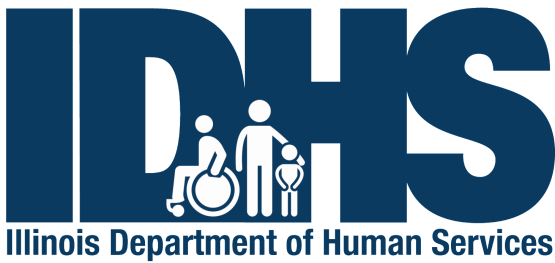Why is practicing gratitude all the rage in November? It’s most likely a reflective time for people as they embrace the change in season, with the colors and smells of fall, and the time change, with daylight saving time coming to an end. The nights feel a wee bit longer and the days a bit shorter, and all this is wrapped up with the anticipation of the upcoming holidays. The fourth Thursday of November kicks off the season with a day dedicated to giving thanks.
But we go off to work year-round. Are we ever thankful at—or for—our work? Think about it: demands are endless, burnout rages, and people get cranky and tired. Where is gratitude in the workplace? Who wakes up thinking, “I’m so thankful I’m going to work”?
What if you, as a leader, slowly infused your workplace with gratitude? It doesn’t take much—maybe just a “thanks for your hard work on this.” If you want to try, do an experiment: Take the time to express thanks to someone and watch how their face changes. Start a meeting with an expression of gratitude. And maybe, to show people how much you value and appreciate their time, end a meeting early.
Showing gratitude doesn’t have to be complicated. You can start by thinking about it once a day. I try to incorporate this practice first thing in the morning, before my day starts. Keep a journal of what you are grateful for; there is power in writing it down. You can also try showing appreciation by acknowledging those who show up and make contributions each and every day; tell them either in person or in writing. You will be amazed at how this is received.
One easy way to start to incorporate this in your workday is to start each meeting with a time for appreciation, for people to name something or someone they are grateful for on that day. I recently introduced a “Gratitude” Teams channel in my workplace, which has given our group a forum to express what we are grateful for—including each other.
The research supports us in this venture: gratitude fuels happiness. When you turn a complaint into an expression of gratitude, chemical and neurological processes kick in to actually make you feel better.
And the effects can be passed on to other people, as well. One study showed that when leaders expressed gratitude for employees, the employees were 50 percent more productive. Another study reported that 81 percent of employees say they would work harder for a grateful boss. Bringing your team together to focus on being thankful rather than on how you may have fallen short can have outsized effects.
Keep in mind that starting a gratitude practice is like any other new habit: consistency is key. Have some grace with yourself and keep it up until it becomes routine. Keep it simple, keep it consistent, and keep it real.
We don’t have to wait for one day a year to be grateful for everything we have, but it’s a good time to start a daily habit. So, before you pass the cranberry sauce this Thanksgiving, gather your team and serve up some gratitude, too. See how it changes those you lead, and more importantly, notice how it changes you as a leader.

Chantal Laperle, M.A., CPHQ, PCMH-CCE
Senior Program Manager, Healthcare Initiatives
Advocates for Human Potential, Inc.
Other Posts
Please Pass the Gratitude
Why is practicing gratitude all the rage in November? It’s most likely a reflective time for people as they [...]
Are You Overperforming?
Do you take on the team’s anxiety to protect them? Are you the one who takes care of everything—intervenes, takes [...]
Managers Are Sandwiches
You’ve heard of the sandwich generation, right? It’s people, mostly women, who are raising kids while also taking care of [...]








